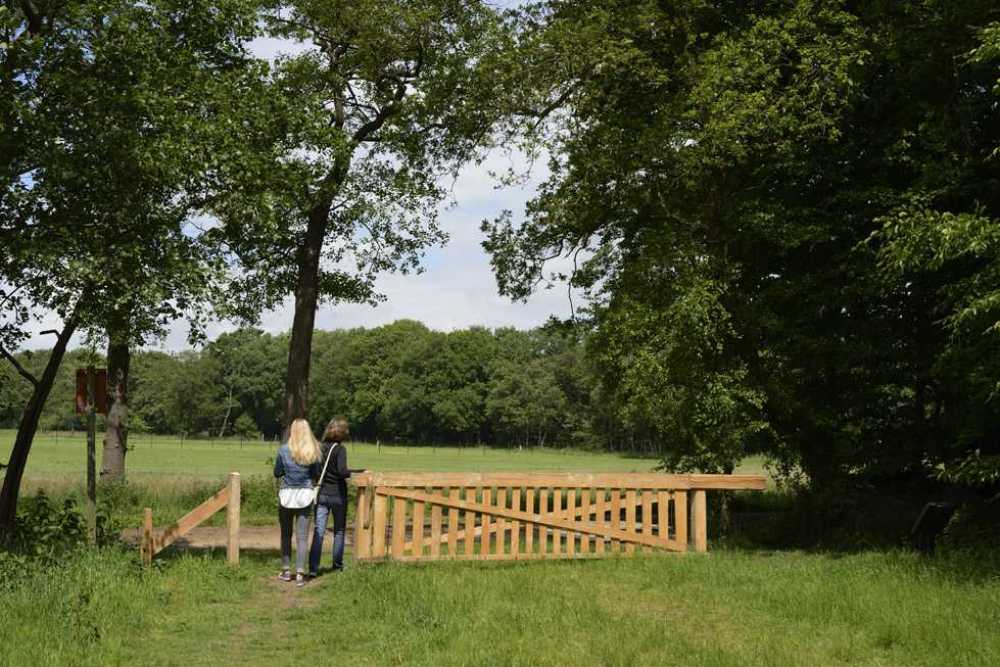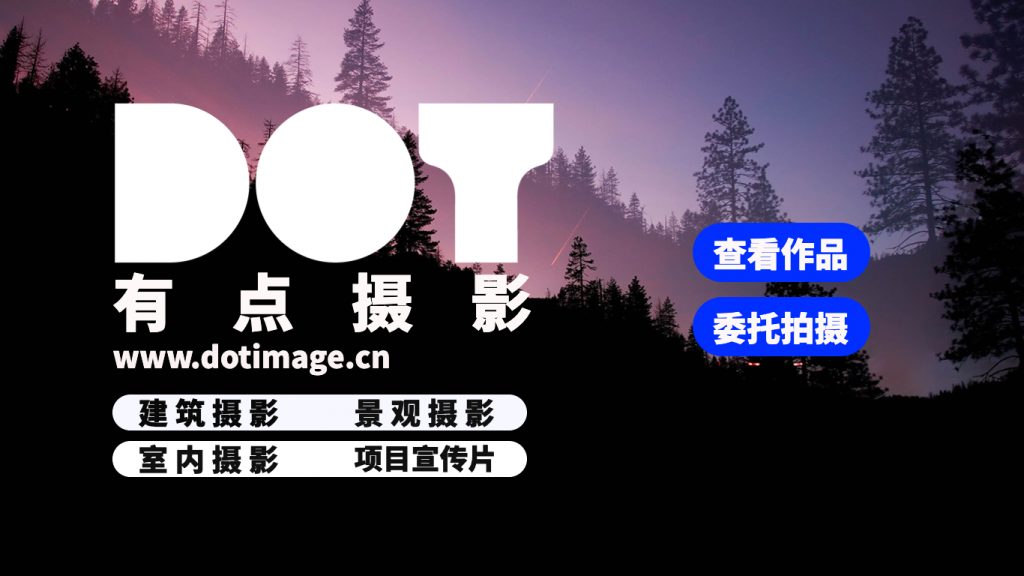MDL的修改布局和恢复鸭诱饵的计划可视化景观中的各种历史层次。 17世纪的鸭子诱饵(一块土地的目的是捕捉水禽,有一个池塘,经常被树林包围)是位于荷兰北部一个村庄Glimmen的巨大Huis te Glimmen庄园的一部分。
由于多年来的各种景观变化,鸭诱饵已变得几乎不可辨认为曾经有这个功能。在与邻居和用户密切合作的过程中,决定采取新的利用鸭诱饵作为安静的地方为娱乐目的。
随着周围土墙的恢复,诱饵现在被封闭,但是通过在前引诱管中的一个中的CorTen钢路径使得诱捕鸭子进入并且现在结束于坐着元件中。 CorTen钢元素正在邀请,但同时产生距离,结合策略性种植的冬青灌木丛。游客欢迎他们进入诱饵,但感觉本能的只是他们能走多远。
MDL’s plan for the revised layout and restoration of a duck decoy visualizes various historical layers in the landscape. The 17th century duck decoy (a piece of land that was structured with the aim of catching waterfowl, with a pond and often surrounded by woods) is part of the monumental Huis te Glimmen estate in Glimmen, a village in the north of the Netherlands.
Due to various landscape alterations down through the years, the duck decoy had become scarcely recognizable as having once had this function. In a process of intensive collaboration with neighbours and users, the decision was taken to make new use of the duck decoy as a place of tranquillity for recreational purposes.
With the restoration of the surrounding earthen walls, the decoy is now closed off, but has been made accessible by means of a CorTen steel path in one of the former decoy pipes that enticed the ducks inward and now ends in a sitting element. The CorTen steel element is inviting yet simultaneously generates distance, in combination with the strategically planted holly bushes. Visitors feel welcome as they enter the decoy, but feel instinctively just how far they can go.






















